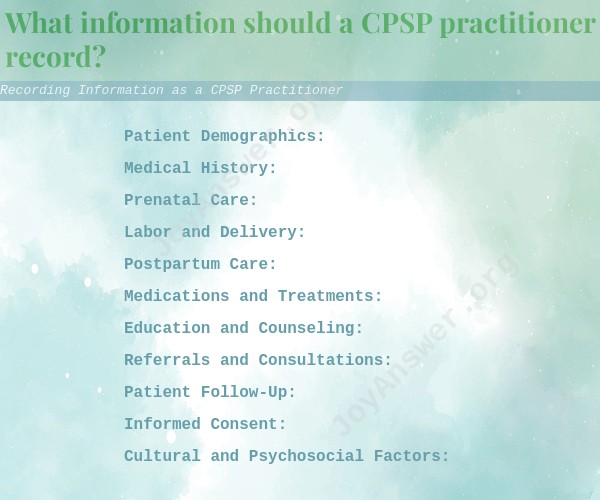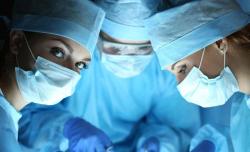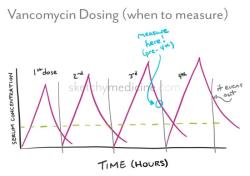What information should a CPSP practitioner record?
A CPSP (Childbirth and Postpartum Professional Association) practitioner, often known as a "CPSP provider" or "CPSP practitioner," typically works with pregnant individuals and new parents to provide prenatal and postpartum care. Recording accurate and comprehensive information is essential for effective patient care, continuity of care, and documentation purposes. Here's a list of information that CPSP practitioners should consider recording:
Patient Demographics:
- Full name of the patient
- Date of birth
- Contact information (address, phone number, email)
- Emergency contact information
Medical History:
- Detailed medical history, including preexisting medical conditions, allergies, and medications
- Pregnancy and childbirth history, including previous pregnancies, deliveries, and complications
Prenatal Care:
- Dates and details of prenatal visits
- Results of prenatal tests and screenings
- Fetal growth and development assessments
- Assessment of maternal well-being and symptoms
Labor and Delivery:
- Dates and details of labor and delivery, including the timing and progression of labor
- Monitoring of vital signs
- Fetal heart rate monitoring
- Pain management methods used
- Details of the delivery process, including any interventions or complications
Postpartum Care:
- Dates and details of postpartum visits
- Assessment of postpartum recovery, including physical and emotional well-being
- Monitoring of vital signs, such as blood pressure and pulse
- Assessment of uterine involution (the shrinking of the uterus)
- Assessment of incisions or tears (if applicable)
- Breastfeeding support and assessment (if applicable)
- Assessment of newborn care and feeding
Medications and Treatments:
- Record any prescribed medications or treatments and their administration details
Education and Counseling:
- Information provided to the patient regarding prenatal care, childbirth, postpartum care, and infant care
- Patient questions and concerns addressed during visits
- Documentation of informed consent for procedures or interventions
Referrals and Consultations:
- Referrals to specialists or other healthcare providers, with documentation of the reason for the referral and the outcome
- Consultations with other healthcare professionals
Patient Follow-Up:
- Plans for future visits and follow-up care
- Any concerns or red flags that may require further attention
- Documentation of the patient's understanding of postpartum care instructions
Informed Consent:
- Signed informed consent forms for procedures or interventions
Cultural and Psychosocial Factors:
- Consideration of cultural preferences, beliefs, and practices that may impact care decisions
- Assessment of the patient's emotional and psychosocial well-being
Documentation of CPSP Program Requirements:
- CPSP program-specific documentation requirements and forms, which may vary depending on the program and the specific services provided
Legal and Ethical Considerations:
- Compliance with legal and ethical standards for patient privacy and confidentiality
- Documentation of any significant events or incidents related to patient care
Accurate and thorough record-keeping is essential for tracking the progress of pregnancy and postpartum care, ensuring patient safety, and facilitating effective communication among healthcare providers. It also serves as a valuable resource for future reference and may be required for billing, insurance, and legal purposes. CPSP practitioners should follow their organization's or program's specific documentation guidelines and protocols while maintaining the highest standards of patient confidentiality and privacy.












